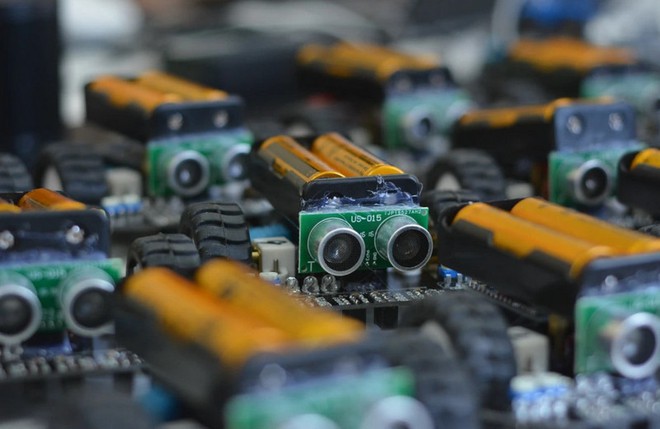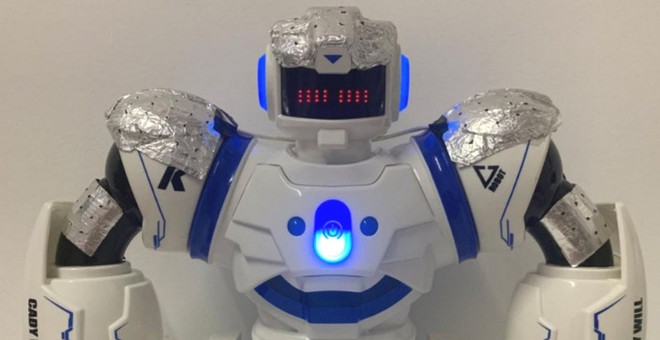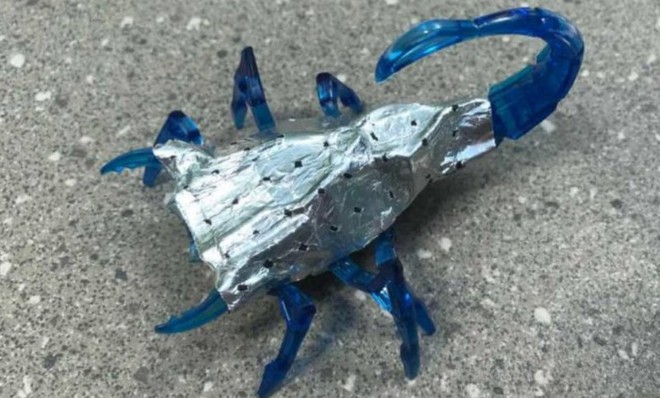Scientists have created a new type of battery for the first time, allowing robots to store energy as long as human fat.
- Tram Ho
The idea behind creating artificial batteries for robots stems from the way they store the energy of many living creatures, including humans. When they started researching, the development team realized that the new batteries could also contain more energy than lithium-ion batteries.

“Robot design is often limited because their batteries typically occupy about 20% or more of the robot’s assembly component space,” said Nicholas Kotov, a professor of engineering at the University of Michigan . a sizeable proportion of the weight of a robot “.
This is obviously a big problem and has a significant impact on the productivity of the robot. But according to the team’s idea, they will use the new type of zinc battery to increase the energy density.
” We wish robots would have 72 times more electrical capacity if they used a zinc battery instead of a lithium-ion battery in their body,” said Mingqiang Wang, a member of the research team .
In addition, the new type of zinc battery is also more flexible in the position of the robot, and serves many different functions at the same time.


Ahmet Emre, a graduate student in biomedical engineering, said: “Batteries can have a dual role of storing electrical charges and protecting the robot’s organs. This is very similar to the versatility of tissues. fat specializes in storing energy in the body of living organisms “.
“We don’t have a bag of fat,” Kotov emphasized . It would be cumbersome and take a lot of energy to convert. So the biologically dispersed energy storage is the way to create these high efficiency biological device “.
The battery transfers hydroxide ions between the zinc and air electrodes through a special “aramid nanofibre” coating. These materials are commonly found in Kevlar coats and water-based polymer gels. They are largely non-toxic. That means that compared to lithium-ion batteries, the new zinc battery is much more eco-friendly.
But the current limitation of the new type of zinc battery is that it can only maintain high capacity for about 100 charge cycles, far less than the charging cycle of up to a thousand times for lithium-ion batteries. Fortunately, according to the researchers, the replacement cost of zinc batteries is quite cheap and they are easier to recycle.
Refer to Futurism
Source : Genk
